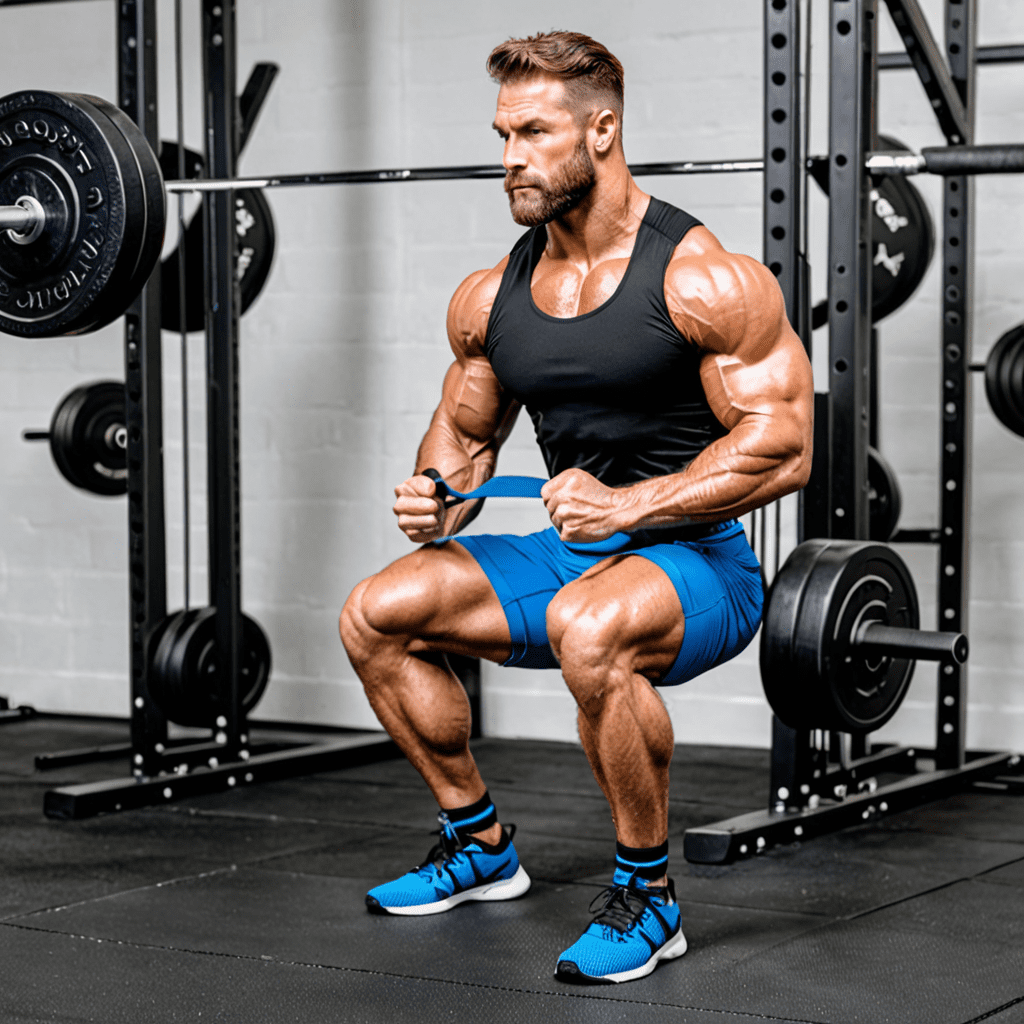
How to Squat More Weight
Are you looking to increase the amount of weight you can squat? Squatting is a compound exercise that targets multiple muscle groups and is a staple in most strength training routines. Whether you’re a beginner or an experienced lifter, there are several strategies you can use to improve your squat strength. In this article, we’ll explore six effective techniques that can help you squat more weight and reach your fitness goals.
1. Focus on Proper Technique and Form
One of the most important factors in squatting more weight is ensuring you have the proper technique and form. The correct form not only helps in maximizing your strength but also reduces the risk of injuries. Here are some key points to keep in mind:
- Start by standing with your feet shoulder-width apart and toes pointing slightly outward.
- Engage your core, keep your back straight, and maintain a natural arch in your lower back.
- As you squat down, push your hips back and lower your body until your thighs are parallel to the ground.
- Drive through your heels to push yourself back up to the starting position.
If you’re new to squatting or unsure about your form, consider working with a qualified personal trainer who can guide you and provide feedback on your technique.
2. Gradually Increase the Weight
Progressive overload is an essential principle in strength training. To squat more weight, you need to gradually increase the load you’re lifting over time. Start with a weight that challenges you but still allows you to maintain proper form. As you become stronger, gradually increase the weight by small increments, such as 5-10 pounds. This progressive increase in weight stimulates muscle growth and improves overall strength.
3. Strengthen Your Lower Body
To squat more weight, it’s crucial to focus on strengthening the muscles involved in the squatting movement. Key muscle groups include the quadriceps, hamstrings, glutes, and calves. Incorporate exercises that target these muscles into your training routine, such as:
- Barbell squats (both front and back squats)
- Lunges
- Deadlifts
- Bulgarian split squats
- Leg press
By regularly incorporating these exercises into your training program, you can develop stronger lower body muscles, which will ultimately help you increase the weight you can squat.
4. Improve Your Core Strength
While squatting primarily targets the lower body, having a strong core is essential for maintaining stability and balance during the movement. A strong core helps to transfer force efficiently from the lower body to the upper body and vice versa. Incorporate exercises that target your core, such as planks, Russian twists, and weighted sit-ups, into your routine to improve overall core strength and stability during squats.
5. Use Proper Breathing Techniques
Breathing plays a crucial role in squatting efficiently and safely. Before descending into the squat, take a deep breath and hold it. This technique is known as the valsalva maneuver and helps to stabilize your core and brace your body. As you ascend from the squat, exhale forcefully. Proper breathing helps maintain intra-abdominal pressure, stabilizing your spine and enabling you to lift more weight.
6. Incorporate Variations and Accessories
Adding variations and accessories to your squatting routine can help improve your overall squat strength. Here are a few examples:
- Box squats: These involve squatting onto a box or bench, which helps reinforce proper depth and form.
- Pause squats: Pausing at the bottom of the squat for a few seconds before ascending helps build strength and control in the bottom position.
- Resistance bands: Attaching resistance bands to the barbell or your body adds accommodating resistance, making the movement more challenging.
- Weightlifting shoes: Investing in proper weightlifting shoes can improve ankle mobility, stability, and overall squat performance.
By incorporating these variations and accessories into your training program, you can challenge your muscles in different ways and make progress in your squat strength.
FAQ
Q: How often should I squat to increase my squat strength?
A: It’s recommended to squat at least twice a week to improve your squat strength. However, the frequency and volume of your squats should depend on your overall training program and individual recovery capacity.
Q: How long does it take to increase my squat strength?
A: The time it takes to increase your squat strength varies from person to person and depends on several factors, including your initial strength levels, genetics, training intensity, and consistency. With proper training and progression, you can expect to see improvements in a matter of weeks or months.
Q: Should I squat with a wide or narrow stance?
A: Both wide and narrow stance squats have their advantages, and the optimal stance width can vary between individuals. Experiment with different stance widths and find the one that feels most comfortable and allows you to maintain proper form without pain or discomfort.
Q: Can I squat more weight by using a belt?
A: Utilizing a weightlifting belt can provide additional stability and support to your core, which can allow you to lift heavier weights. However, it’s important to note that relying solely on a belt without focusing on proper technique, form, and core strength may limit your overall progress.
Q: Should I squat to parallel or below parallel?
A: Squatting to at least parallel, where your hips are in line with your knees, is generally recommended for most individuals. Going below parallel, where your hips drop below your knees, can further engage your muscles but requires adequate mobility and proper form to avoid injury.
Q: Can I squat more weight by using a spotter?
A: Having a spotter can provide a sense of security and confidence, allowing you to push your limits and potentially squat more weight. A spotter can also help with proper form and technique cues.
Remember, progress takes time and consistency. By incorporating these strategies and staying dedicated to your training, you’ll be well on your way to squatting more weight and reaching your strength goals. Happy squatting!


